|
When you’ve lived in a city for so many years, darkness becomes a luxury. Last week, I was volunteering with an off-grid, Eco-community called Brithdir Mawr. One night, I stepped out from the farm house into the stars. The darkness was so complete, I couldn’t see where feet, stream or ground were. When I returned an hour later, all was bright again, the moon had risen with its amber hum around it. The first few nights had been the nights of The Full Snow Moon - the biggest and brightest supermoon we’ll have this year. Leaving the outdoor bathroom was like opening a door and walking back into daylight: everything lit-up, my moon shadow in front of me on the way there and behind me on the way back to my cottage. Those nights were hard to sleep through. On my second night, I’d sat up listening to a male tawny owl calling and calling without answer. I’d got so used to not needing a head-torch, that I’d packed it away again. It reminded me of trying to sleep whilst camping in Iceland in June, with 24 hours of daylight, when the sun had teased us by lowering towards the sea only to curve right back up again. Nights like these make me think of a night-gardener I once stayed with, he would look after his young children throughout the day, bathe and sing them into bed, then be out in the garden with his head-torch. Every time he glanced up, the light would transect my window. I wonder what sounds he heard and creatures he saw. Night gardens have different shifts and rotas, bats are the first to swing out, frogs surface and gather at the edges of ponds, toads lumber across the paths, barn owls float over… It is my dream one day to plant and make a walled moon garden, not the bright, crayon flowers that are for daytime moths, bees and butterflies, but pale starlets, ghostly, perfumed night-flowers for bats, nocturnal moths and night-flying insects; jasmine, moonflower vines, gardenia, evening primrose, datura, brugmansia (which opens for a week with the full moon), Japanese wisteria, tuberrose, night phlox and nicotiana (a flowering tobacco which opens at dusk). Selenicereus grandiflorus, known as The Night Blowing Cereus or Queen of the Night, is a cactus that blossoms once a year, for only one night. Its flowers are one-foot in diameter, often opening in the early evening, reaching peak bloom by midnight. Its scent is similar to vanilla. The gardens at Brithdir are fringed with snowdrops, catkins, primroses, daffodils, narcissus. Whenever a breeze turned I’d catch the scent of spring flowers or coconut from the gorse bushes. The earth is so fertile that tall mint grows from puddles on the tracks and wild celery in the boggy marshland between polytunnels. The outdoor work of coppicing, mulching, preparing firewood, weeding, milking, planting, digging, cutting, chopping, feeding, harvesting, sawing and fencing is demanding, but it stops in the afternoon before dark, whilst in cities and towns we go on through these dark, colder months in exactly the same way as we go on through the bright, hotter ones. Emma Orbach, who co-founded Brithdir community and has lived just down from it for the last 20 years, described the irrationality of this when we went down to visit her, how people work through these lethargic months as if nothing is different. The name of the farm, Brithdir Mawr means ‘Great Speckled Land’. It was shaped by the last glacial period. Everywhere you dig the earth offers something different, clay in one spot, a few meters to the left, gravel… If you look in one direction you look back at the Preseli Mountains and if you turn around you look out to the pembrokeshire coast and sea. The winds were keen and the sun had come to wake everything up while I was there. One of last year’s butterflies, a red admiral, fluttered into the kitchen one afternoon. There were bees and wasps, a fox moth caterpillar on the way up Mynydd Carningli (Mountain of Angels), apricot and blackthorn blossom and the wild garlic leaves were already ready to be picked along the drive. Winter lettuces, spring onions, parsley and physalis were growing in the polytunnels and glass houses, the soil was full of winter vegetables, the scullery shelves lined with jars of last year’s produce: passata made with ‘Gardeners Ecstasy’ tomatoes (a sweeter hybrid of 'Gardeners Delight', bred by resident Tony Haig), Blackcurrant and Birch Sap Wine, chilli sauce, chutneys, jams, syrups, ketchup, stewed apples, plaits of garlic and onions hung from the ceilings and sacks of potatoes piled up around our feet. Sometimes when we think of living off grid in sustainable, self-sufficient communities, we think of what we’ll lose or have to give up, rather than all the things we gain: to be able to work less and do more of what we love, due to a reasonable, seasonal, shared way of living; to be healthier, stronger, more attuned; to shower in steaming hot spring water; to be greeted by the smell of freshly baked bread most lunch times and have every evening as a dinner party, or film nights, or games nights, or music nights; or just to browse a library made by people over 20 years and sit by yourself reading in a sunbeam with a cat in your lap; to be cooked for every night, to cook for others; to share child care; to be ourselves and get your sense of identity back as new parents; to see your children embrace their right to be alone in nature and run further from you than they ever have in their lives; to be able to afford fresh, organic food because you grow it outside your window; to laugh at jokes so terrible they’re wonderful; to listen to singers you’ve never heard before but are smitten by; to share your lives and life stories before the first coffee of the day; to look after each other and our lovely planet; and to sit in an armchair (built from the ash trees you see from your bedroom window), talking to the man who designed and crafted it, watching a fire you made catch, as the wind pulls it up into the chimney. When I’d first arrived in the nearest town, I’d been absorbed by a wonderful family who run a local hotel, then met a dog-walker beside the estuary. She’d lived in the area for 26 years. She said the same word always comes to her for this landscape: hiraeth. For her, it meant calm, peace. Hiraeth is a Cymraeg (Welsh) word, concept and feeling. It doesn’t have an equivalent in English. Some people translate it as a sense of yearning for a place or way of life you know you’re meant to be living. It contains both a pull and gratitude. One attempt to describe it, says it’s “a longing to be where your spirit lives.” Brithdir Mawr is a very rare place, and a bighearted, hardworking, incredibly knowledgeable group of people. No chemicals are used anywhere, all the produce is grown in intuitive and natural ways and is organic, they generate all their electricity from wind, water and solar power, firewood is cut from a seven-year rotating coppice planted and tended by the people who live, work and volunteer there: water is heated by fires and everyone lives with as little impact as possible on the environment and land. Currently, there is an opportunity to support Brithdir Mawr, to enable it to be held in a Trust, to sustain, share and expand their methods, and a more realistic, considerate and affordable way of living for ourselves and future generations. The community also welcomes volunteers once a month, has space for new families, couples and individuals to join, and has camping and glamping available each summer.
11 Comments
alice waltz
2/26/2019 04:12:08 am
Beautiful anna !
Reply
7/20/2019 02:07:49 am
What a lovely post, Anna! Your photo of Milky Way above Lle Dysgu, is so captivating! I spent minutes just staring at that photo. Not just that, you totally captured every essence of the place. I'm happy that you have this opportunity to spend a lovely week with your family. I've always wanted to go to Brithdir Mawr, but haven't had the opportunity to do so. I hope to go there and experience what you experienced real soon! Thanks for sharing.
Reply
Anna
2/26/2019 04:18:31 am
Thank you, Alice x
Reply
Louise Nicholson
2/26/2019 06:08:58 am
Beautiful Anna. A lovely memory of a fantastic week.
Reply
Anna Selby
2/26/2019 12:27:23 pm
Thank you, lovely Louise. xxx
Reply
Nick Ward
2/26/2019 12:09:17 pm
You conjure such evocative images with your word magik - I wanted to go immediately, then I realised I lived there & it made me cry. Thank you for all your hard work, energy & enthusiasm - we all look fwd to a second encounter when the leaves turn to rust (see I learning). x
Reply
Anna Selby
2/26/2019 12:26:22 pm
Oh Nick, that's so lovely. Thank you. Make sure you look at the apricot blossom link though too. Imagine if that was the Preseli hills one day?! I can't wait to see you all again when the trees begin to let their leaves go... You'll be a poet in no time, just head up Carnigli for the night. x
Reply
Anna selby
2/28/2019 09:14:01 am
Sharanya, you are so lovely - thank you. x
Reply
7/11/2019 01:30:50 am
Wow! The Milky Way above Lle Dysgu looks incredible. I cannot even imagine that photo can detach such little details. Thanks! I will definitelu use this picture for my instagram account, if you don't mind)
Reply
Leave a Reply. |
Author
Anna Selby is a naturalist and poet. Archives
December 2020
Categories
All
|
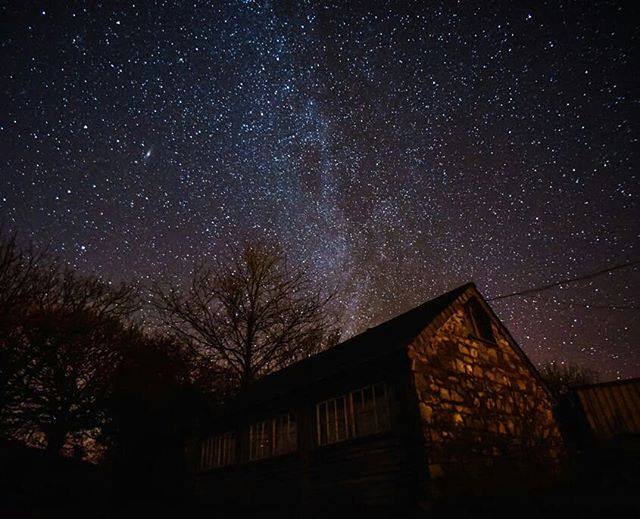
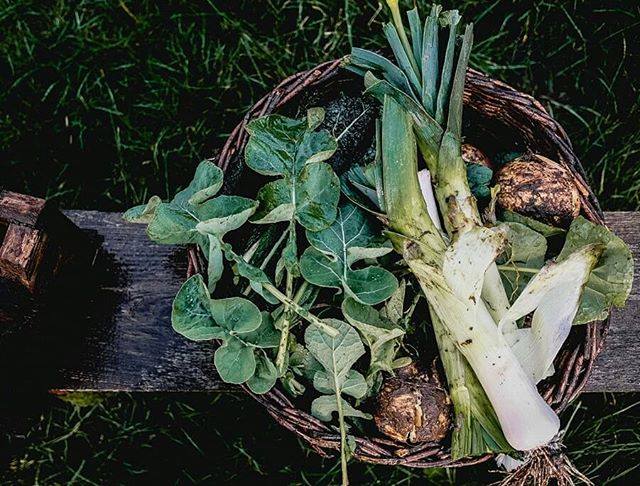
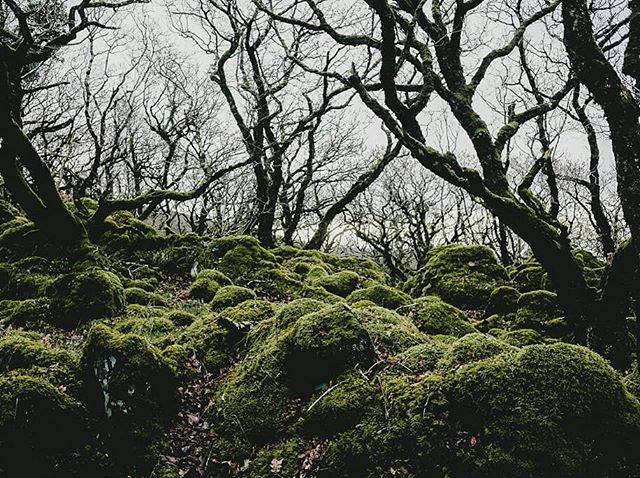
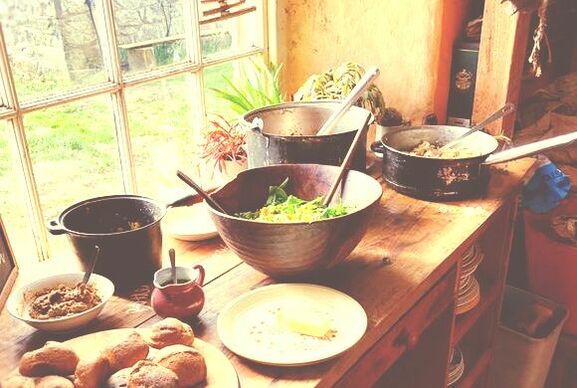
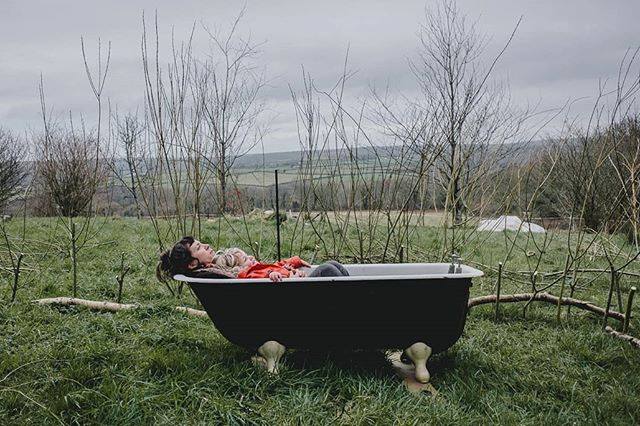
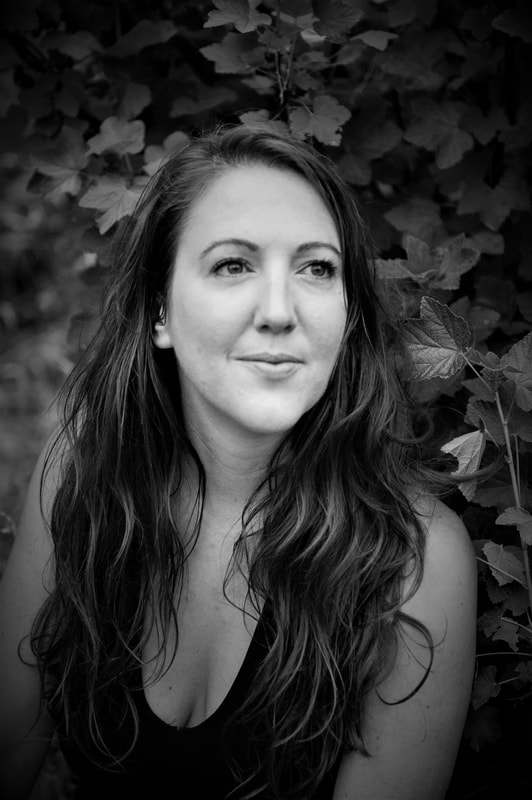
 RSS Feed
RSS Feed